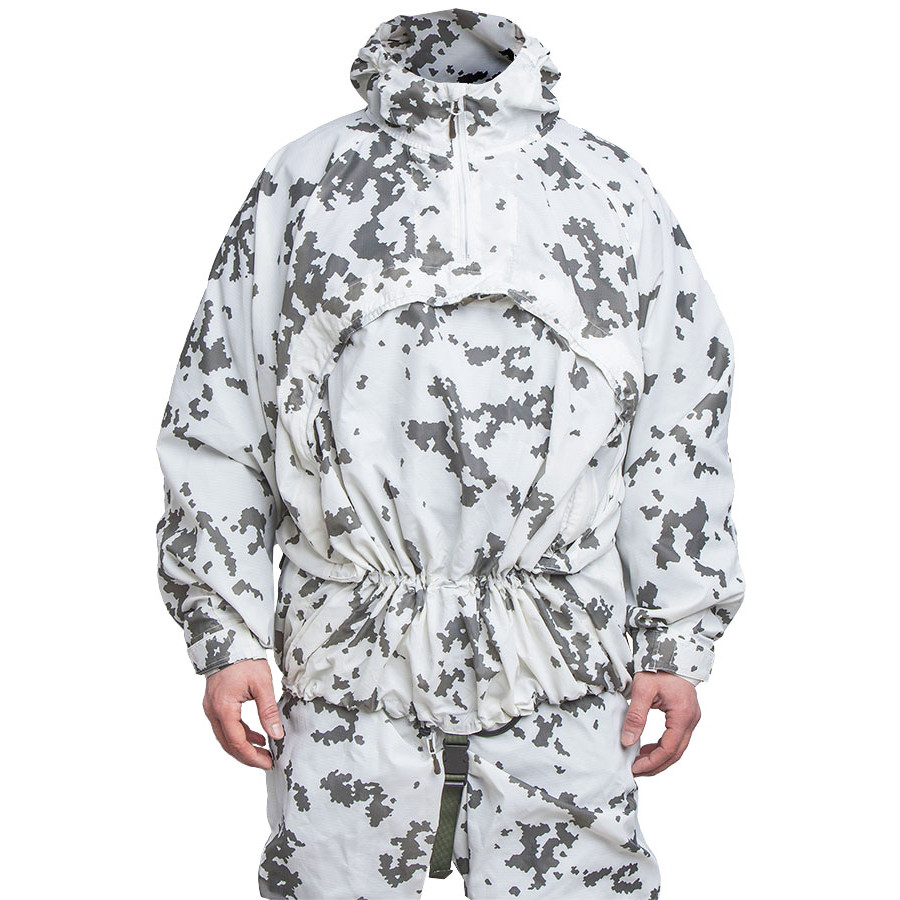
Observers and even pigeons were sent aloft with cameras. Solomon remarks that the ‘extraordinary capacity’ of the camera was not appreciated until a camera was salvaged from a wrecked German plane and the film was developed. But photography also played a part in World War 1. For example, it gave vital information about the V1 and V2 secret weapons. In World War 2 photographic intelligence was a decisive asset available to the Allies, of much the same importance as Bletchley Park. He wanted to warn the nation before it was surprised by this technique in the next war. That is, they had successfully concealed a massive build-up of men and material. The Germans, he argued practiced strategic deception.

As Solomon saw it, his own successes in concealing a gun here or an observation post there were merely tacticaldeceptions, designed to protect individual targets from being shelled.

In 1918 he came to view his own puny efforts in the context of, he believed, a colossal German triumph of deception.


 0 kommentar(er)
0 kommentar(er)
